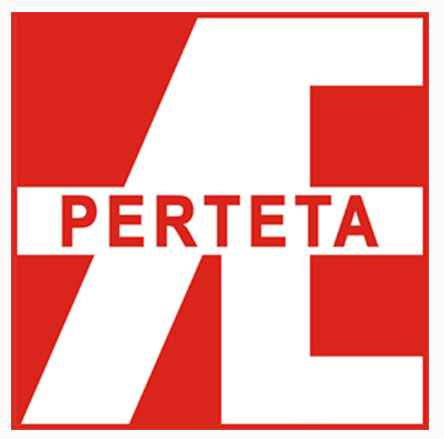PENGGUNAAN PERSAMAAN HIPERBOLOID UNTUK IDENTIFIKASI STRUKTUR GEOMETRI BAJAK SINGKAL
DOI:
https://doi.org/10.19028/jtep.020.1.%25pAbstract
Abstract
Various geometric structures of moldboard ploughs need to be identified since there have been confusing uses of European and Asian Ploughs in cultivating lowland fields: the European one that was constructed for tillage of upland soil prior to destruct impervious soil layers in root zones has been frequently applied in wetland paddyufields. It leads to frequently disturbances of the formation of hardpan layer structures required for an ideal wetland paddy field that should be formed within a soil depth of 20-40 cm. The research observed three types of moldboard ploughs dominantly operated in wetland paddy filds: a wood (Lanyam), a wood-iron (Brujul) and an iron/steel ploughs. Research method employed a descriptive explanatory one to identify the geometric stucture of the ploughs based on hyperboloid equation: ´2/a2 + Y2/b2-Z2/c2= 1. The plough identity was determined by ratio values amongst the constans a, b and c of the equation, i,e.; R1 = a/b R2 = a/c, and R3 = b/c, where the respective constants were caculated according to the positions of a numbers of coordinate points on the moldboards projected in the Cartesian coordinate system. Results of identification showed thaht the values of R1, R2 and R3 could indicate the identity of the ploughs where Lanyam and Brujul were categorized into the types of Asian ploughs where Lanyam and Brujul were categorized into the types of Asian ploughs by their R1 and R2 < 1 and R3 1, so their operation on wetland paddy fields were reasonable. Whereas the iron/steel one was categorized into the type of European ploughs by R1 and R2 > 1 R3 << 1. They should not be recommended to be operated on wetland paddy fields.
Keyword: Asian & European moldboard ploughs, hyperboloid equation, constant ratios of hyperboloid equation.
Downloads
Downloads
Published
Issue
Section
License
Authors submitting manuscripts should understand and agree that copyright of manuscripts of the article shall be assigned/transferred to Jurnal Keteknikan Pertanian. This work is licensed under a Creative Commons Attribution-ShareAlike 4.0 International License (CC BY-SA) where Authors and Readers can copy and redistribute the material in any medium or format, as well as remix, transform, and build upon the material for any purpose, but they must give appropriate credit (cite to the article or content), provide a link to the license, and indicate if changes were made. If you remix, transform, or build upon the material, you must distribute your contributions under the same license as the original.





















